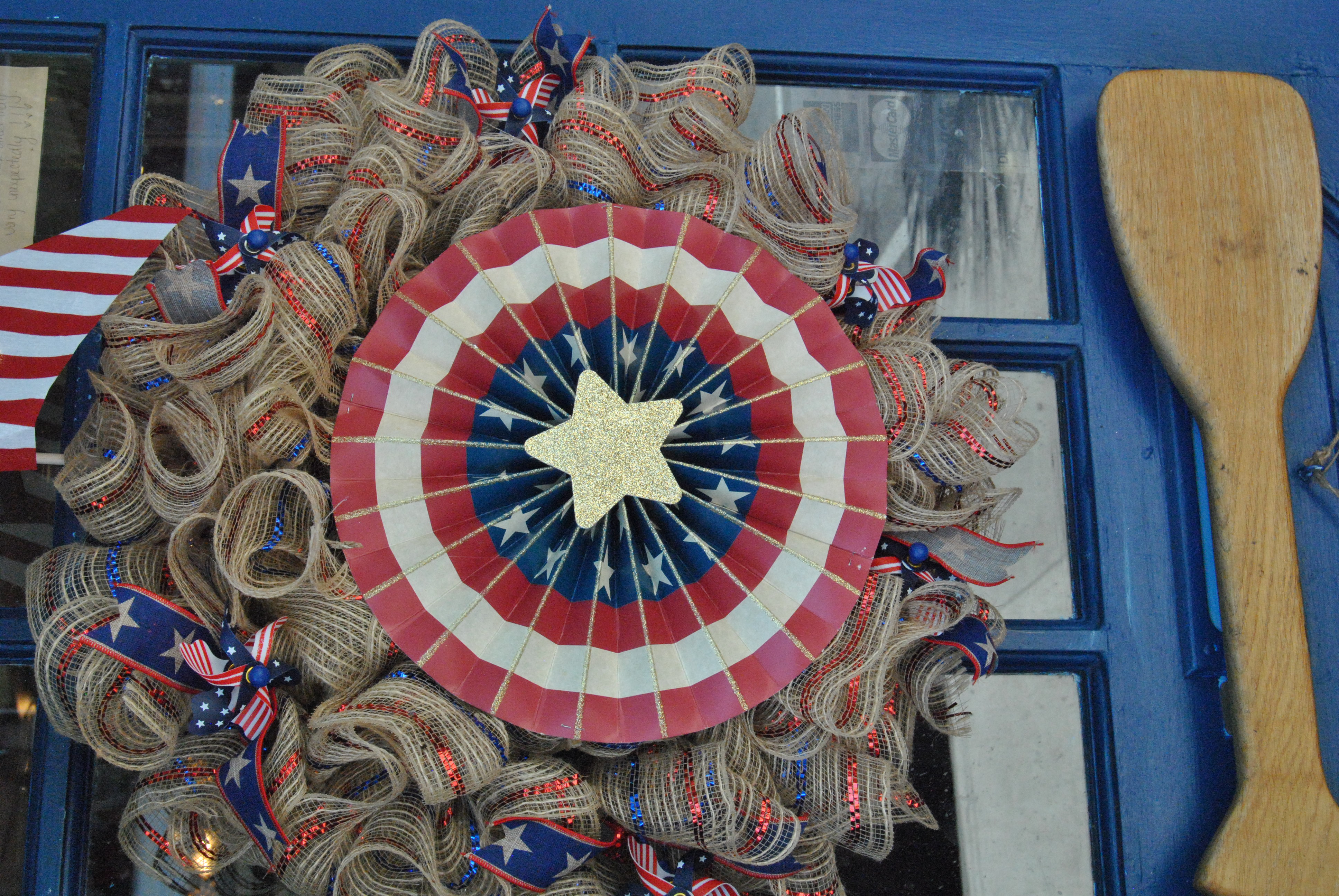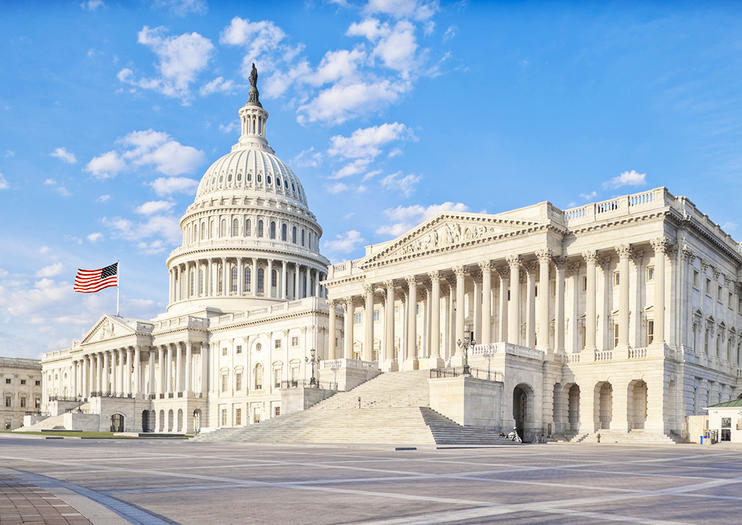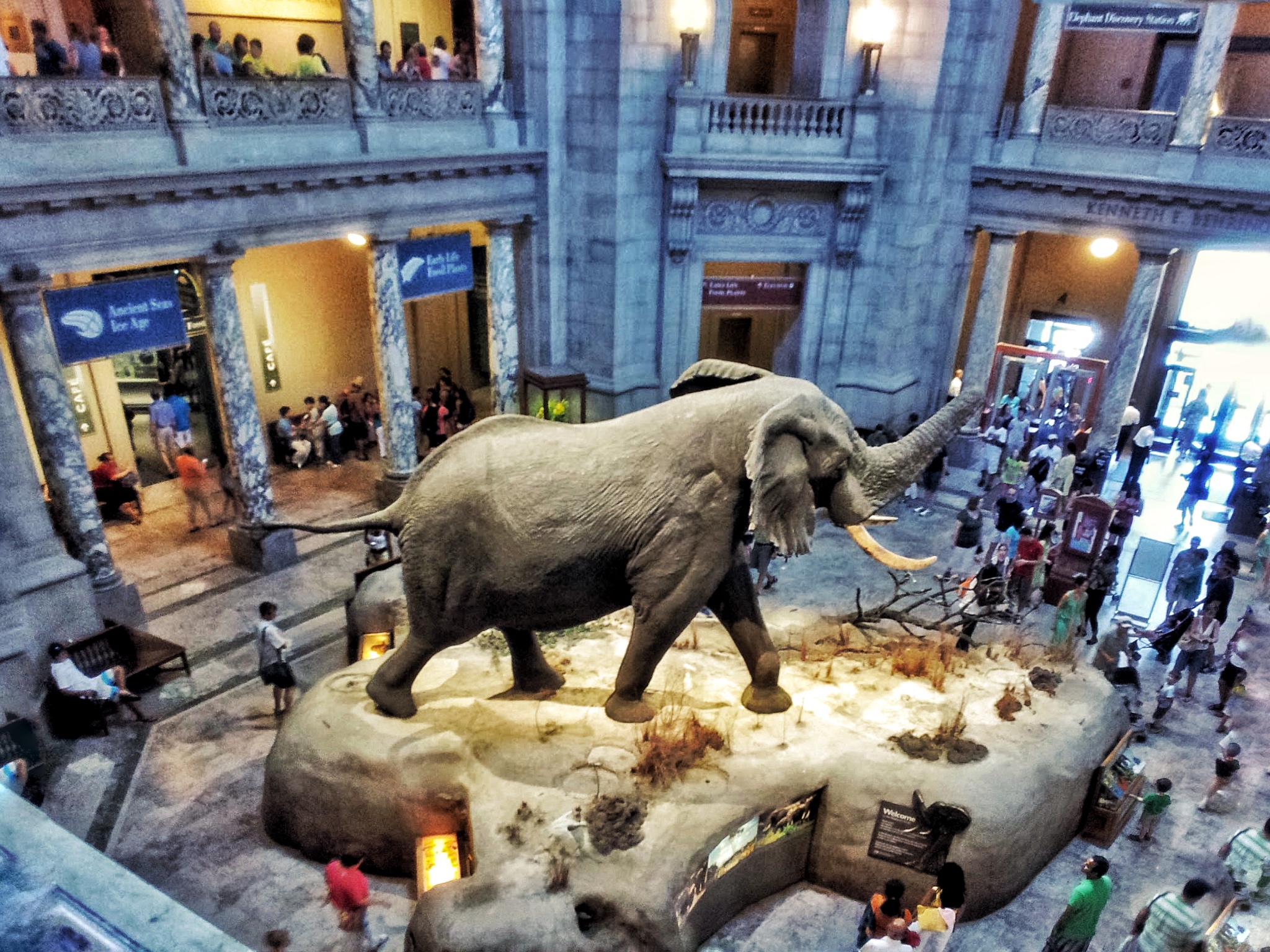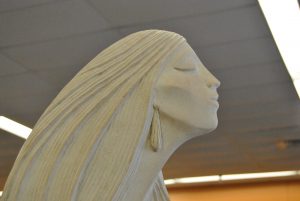
The serene classical Thomas Jefferson Memorial National Memorial honors the third president’s ideals of beauty, science, learning, culture, and liberty. Jefferson truly was a Renaissance man. He was fluent in six languages: Latin, Greek, French, Spanish, Italian, and Anglo-Saxon. He spent much time studying the natural sciences, ethnology, archaeology, agriculture, and meteorology. Jefferson was also a gifted architect, America’s first, according to some scholars. As American minister to France, he developed a love for the beauties of Classical architecture, as evidenced by two of his famous creations, Monticello and the University of Virginia. He almost single-handedly introduced the Neoclassical style to this country. It is entirely appropriate that the memorial built in his honor should be based on the Pantheon in Rome, which he loved.
Jefferson made his chief contributions to the history of the United States in the realm of political theory. Jefferson was a life-long advocate for government as the servant of the people, for religious freedom and the separation of Church and State, and for education for all. Jefferson’s faith in the educated common man and his ability to use his liberties wisely has been a constant in American political life. His statement in an 1800 letter to his friend Benjamin Rush, engraved on the frieze encircling the interior of the memorial, captures the essence of his political philosophy:
https://www.nps.gov/nr/travel/presidents/thomas_jefferson_memorial.html
-

Daytona 500 1999 Race Collection of NASCAR
$40.00
-

8 1/2 inch Porcelain Vintage Artmark Pheasant with Gold Highlights
$8.00
Supreme Court Building https://www.supremecourt.gov/about/courtbuilding.aspx
First occupied on October 7, 1935, the Supreme Court building is a fitting home for the nation’s third branch of government. Chief Justice William Howard Taft was behind the effort to provide the Court with its own building, moving out of the U.S. Capitol where it had been meeting since 1801. The Court did not move far, however. Its new location was just across the street and was selected to remain near Union Station and thus convenient for out-of-town lawyers. https://www.aoc.gov/capitol-buildings/supreme-court-building
The next stop—the Supreme Court Bldg. we caught a small snack—the first time we had eaten all day and proceeded to the tour. Though involving more information, this involved less space. Seated in the court room of the nation’s highest court, we were informed of the courts doings and sent on our way.
-

Mint Condition Jimmy Buffet’s 2nd LP Vinyl HIgh CUmberland Jubilee
$44.51
Smithsonian Natural History Museum https://naturalhistory2.si.edu/mineralsciences/hope/
Our mission is to promote understanding of the natural world and our place in it. The museum’s collections tell the history of the planet and are a record of human interaction with the environment and one another. https://naturalhistory.si.edu/about
Next stop the Smithsonian again–primitive people, civilizations of the Americas, as well as a gem collection that was wild–even the largest blue diamond in the world, the cursed Hope Diamond. We finished off this museum in too much of a rush to do it much justic
-
-

Good Intentions 1990 Hand Painted in Wales Small (about 1 1/2 inch high w/flower) Ceramic Covered with 4 flowers
$4.99
Arlington National Cemetery https://www.arlingtoncemetery.mil/#/
The first soldier laid to rest there was Pvt. William Christman, 21, of the 67th Pennsylvania Infantry, who was buried in a plot on Arlington’s northeast corner on May 13, 1864. A farmer newly recruited into the Army, Christman never knew a day of combat. Like others who would join him at Arlington, he was felled by disease; he died of peritonitis in Washington’s Lincoln General Hospital on May 11. His body was committed to the earth with no flags flying, no bugles playing and no family or chaplain to see him off. A simple pine headboard, painted white with black lettering, identified his grave, like the markers for Pvt. William H. McKinney and other soldiers too poor to be embalmed and sent home for burial. The indigent dead soon filled the Lower Cemetery—a name that described both its physical and social status—across the lane from a graveyard for slaves and freedmen.
Read more: https://www.smithsonianmag.com/history/how-arlington-national-cemetery-came-to-be-145147007/#KIpcTHHyZ0MF7Gz3.99
Then back on the tour bus to Arlington National Cemetery–this monsterous cemetery sprawls (if one can sprawl in orderly rows–not even allowing the poor military man to get out of formation even in this final resting). Here after standing on the hard pavement under a harder sun we finally got onto a tour bus.
*First we saw the Eternal Flame of the John Kennedy’s monument which is flanked by his infant son and daugher’s graves.
*Near by is a stone water fall with a simple white cross and a plaque proclaiming that here lies Robert Kennedy. I remember very well when he died and the sadness–the train to Washington with the people watching from the side of the tracks–the black, whites, Hispanics–Such a useless waste–American injustice as wrought by the gun.
-

Janus Joplin Big Brother and The Holding Company Vinyl Original LP
$15.79
Curtis Lee Mansion (now the Arlington House, Robert E. Lee Memorial)
The residence of Robert E. Lee and his family before the Civil War, Arlington House connects to many important figures, issues and events in American history. Built by enslaved laborers of George Washington Parke Custis between 1802 and 1818, the house and grounds have served many purposes over the last 200 years: a memorial honoring George Washington, a family home for the Lees and Custises, a plantation estate and home to 63 enslaved people, a a military headquarters for Union troops, a community for emancipated slaves and a national cemetery. With 650,000 annual visitors, Arlington House is the most visited historic house museum in the national park system. Since 1933, the NPS has managed Arlington House, The Robert E. Lee Memorial. The 16.28-acre memorial now lies within Arlington National Cemetery, which was built entirely within the historic 1,100-acre Arlington estate.
We decided to take the curving drive to the Curtis-Lee Mansion, instead of hustling the lines with the tour bus. The walk was all up hill, but a breeze was blowing and for the most part it is tree lined.
The mansion set at the top of a hill overlooking the Potomac–the view give you most of Washington at once and directly below the mansion are John and Robert’s graves. The house itself is not as well kept-up as Mt. Vernon, but is quite impressive with its massive pillars and spacious area.
It seems the final punishment of defeat to Lee that they began a burial ground on his plantation so that even if he had hope of regaining it, who would want to live in a huge cemetery.
We ended our days activities there–we were both suffering from sore feet, heat and a general lack of adequate nourishment.
And we ended the day in a pleasant Italian Restaurant in the outskirts of Alexandra.
-

Monkees’ Plastic With Metal Ring Key Chair In Original Packaging
$5.99
Come back next Thurs for day 8/15/1974




